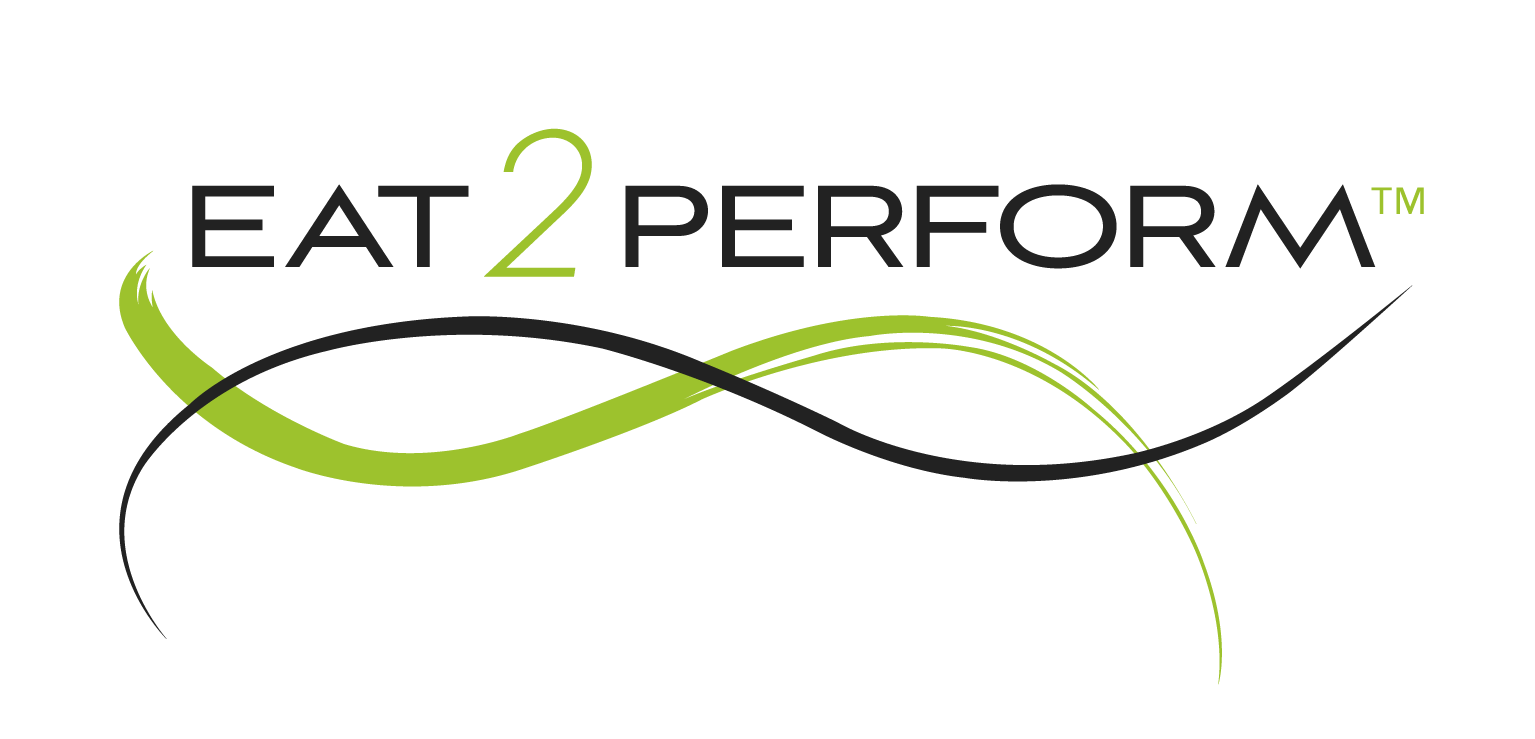
28 Jan Everything You Need To Know About Paleo
Paleo diet has been an ongoing diet trend for the past several years. This diet is based on the types of foods presumed to have been eaten by early humans, consisting chiefly of meat, fish, vegetables, and fruit, and excluding dairy or grain products and processed food.
The aim of a Paleo is to return to a way of eating that’s more like what early humans ate. Nutritionists
The “Caveman” Diet
Since the Paleolithic era, which dates from approximately 2.5 million to 10,000 years ago, farming has changed what people ate and established dairy, grains and legumes as additional staples in the human diet.
This relatively late and rapid change in diet, according to the hypothesis, outpaced the body’s ability to adapt. This mismatch is believed to be a contributing factor to the prevalence of obesity, diabetes and heart disease today.
A Paleo diet typically includes lean meats, fish, fruits, vegetables, nuts
Other names for the diet include Paleolithic diet, Stone Age diet, hunter-gatherer diet

How It Helps
In study done by the Mayo Clinic, participants that went on the Paleo diet for several months found significant benefits to their overall health. Their blood pressure was reduced significantly and there was improvement with arterial distensibility, reduction in plasma insulin, reduction in total cholesterol, low-density lipoproteins and triglycerides.
In conclusion, the researchers noted that at least 8 if not all 9 participants had the same responses when they switched to Paleolithic diets. Even a short term interaction with a Paleo diet improves the overall health of already healthy people.
How It Hurts
If you have been following us for awhile, you know that I am not a big fan of these “cookie-cutter” diets. Unfortunately, Paleo does not take into consideration the differences between each person’s individuality. Some of us work longer, eat different foods on different days and have allergies or food sensitivities that need to be taken into consideration while choosing a nutrition plan.
What we know to be true about diets is that they only work when you are on them. Once off the diet, we tend to go back to our old habits.
I am a big believer in the power of a personalized approach to nutrition. At Eat 2 Perform, we review your current eating habits, lifestyle and medical history during your initial nutrition assessment, because having a plan that is customizable will lend to a more sustainable lifestyle change.
If you are still looking to start 2019 off on a good foot, sign up for a FREE 20 minute consultation with me today!


Sorry, the comment form is closed at this time.